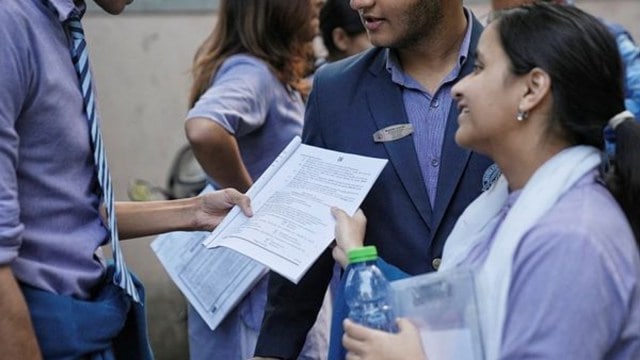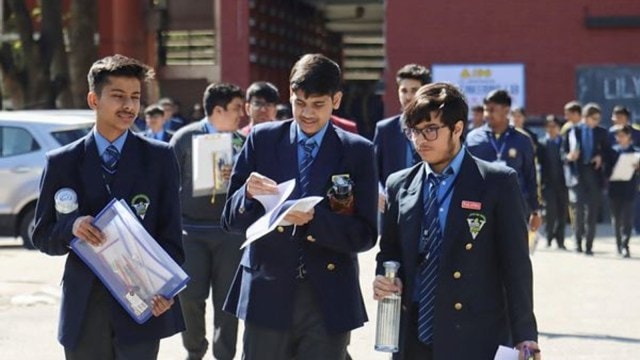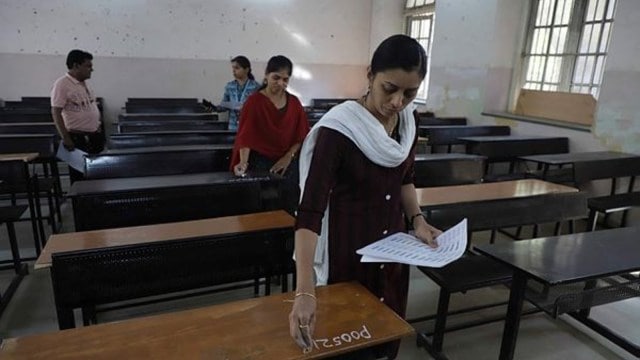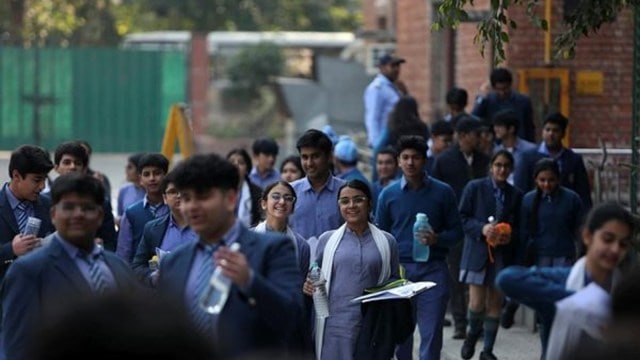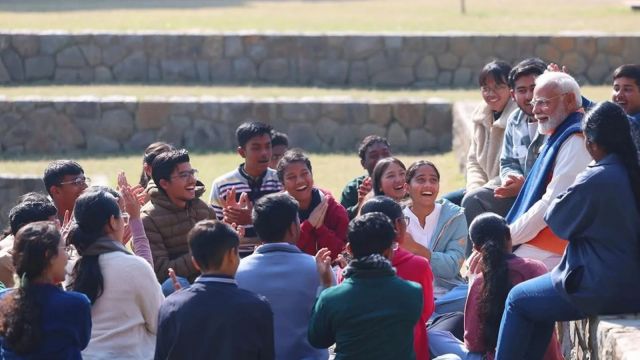
Sumit Nagal ends 34-year wait: From Rs 80,000 in the bank at start of last year to becoming the first Indian after Ramesh Krishnan to beat a seeded player in a Grand Slam
Late last year, India’s top-ranked singles player Sumit Nagal lamented being in the position that many on the brutal, unequal professional tennis tour were backed into after a few tough years. Making ends meet, training at the highest level, playing more matches, travelling with coaches, had all been a financial impossibility.
“If I look at my bank balance, I have what I had at the beginning of the year. It is 900 euros (around Rs 80,000),” he told PTI in September. “The funding needed to break into the top 100 is around one crore.”
On Tuesday, after becoming the first Indian since Ramesh Krishnan in 1989 to beat a seeded player in the singles main draw of a Grand Slam, Nagal will get closer to that amount. Even if he loses his next match, after beating 27th seed Alexander Bublik 6-4, 6-2, 7-6 (5) in the first round of the 2024 Australian Open, the 26-year-old will walk away with Aus$180,000 (around Rs 98 lakh).
The first Indian man in 3️⃣5️⃣ years to beat a seed at a Grand Slam ????????@nagalsumit • #AusOpen • #AO2024 • @Kia_Worldwide • #Kia • #MakeYourMove pic.twitter.com/SY55Ip4JaG
— #AusOpen (@AustralianOpen) January 16, 2024
Nagal, a solid baseliner who builds his game around a solid forehand and his athleticism and footspeed, ground his way through a streaky opponent, keeping his cool despite some nervy moments, especially at the finish. Bublik may be a top-30 player, but in a draw where he could have faced Novak Djokovic, he was a favourable lot. The Kazakh may be a flamboyant shotmaker and big server, but his tendency to self-destruct was on full display during the tie against Nagal.
The Indian did well to stay focused through it all winning without dropping a set just as he did in all three rounds of qualifying. He took the lead and stayed ahead in a nervy first set with many trades of serve, and asserted his position in the second, where he began dominating using his forehand and rode all of Bublik’s mistakes, which included 17 unforced errors. After fashioning a lead in the third, Nagal retreated into himself with the finish line in sight, failing to convert while serving for the match, but aided by Bublik’s two double faults in the tiebreaker, got over the line.
Nagal, born to a primary school teacher in Jhajjar, Haryana, did not boast of the kind of financial stability that has been required of Indians attempting to succeed in a sport where there is little institutional support from a national federation or established setup. Those who have had any success before Nagal have done so entirely on their own. Nagal’s modest prize money earnings playing on the Challenger tour – one rung below ATP – and his salary as an Indian Oil employee could only do so much to sustain him, making his most recent result a huge shot in the arm for both his stability and confidence.
This is not uncharted territory for Nagal. He reached the second round of the 2020 US Open when he bowed out to eventual champion Dominic Thiem. One year prior, he had taken a set off Roger Federer in the opening round in New York. But a string of injuries derailed his last few years, and he had to grind his way back to the ranking of World No. 122 after spending considerable time outside of the top 500. He won two titles in four Challenger finals in 2023.
That’s a big win for @nagalsumit ????????
He takes out No. 31 seed Bublik 6-4 6-2 7-6(5).#AusOpen • #AO2024 pic.twitter.com/ldM9VE4X0M
— #AusOpen (@AustralianOpen) January 16, 2024
For Indian tennis as well, this represents a boost during a particularly barren run. 11 Majors and three years have gone by since India had any representation in the singles main draw at all. Since Nagal’s two appearances in the last four years in the second round, the last player to do so was his friend and mentor Somdev Devvarman, in 2013.
The 26-year-old came into the match the hard way, winning three matches in qualifying. There was potentially a route to get in with a wildcard reserved for players from the Asia-Pacific region, as he had done in Australia in 2021, but the All India Tennis Association (AITA) refused to nominate him after his standoff with the federation over his refusal to play India’s Davis Cup World Group 1 playoff tie in Pakistan next month.
Given the year he has had, coming back from injuries and facing uncertainty, this would be the biggest result of Nagal’s career. He has earned himself a winnable second round against Juancheng Shang, ranked 140 in the world, on Thursday following which there is a potential third round against World No. 2 Carlos Alcaraz looming.
In 1989, moments after watching Ramesh Krishnan leap into the air with both arms aloft, the then defending champion of Australian Open and world no.1 Mats Wilander would say, “Against some players you could get away with it, but against Ramesh you won’t get away with it playing short.” 34 years later, a Kazakh can say the same line about another Indian. As a boy, Nagal would have his meals – his favourite is Kadhi chawal – on his terrace as he couldn’t be forced away from his favourite pastime of flying kites. As an adult, he is now flying high in Australia. A potential third round against Alcaraz looms; not bad for someone who as a teenager nearly quit the game due to financial setbacks.

 Posts
Posts Sign up as a Teacher
Sign up as a Teacher